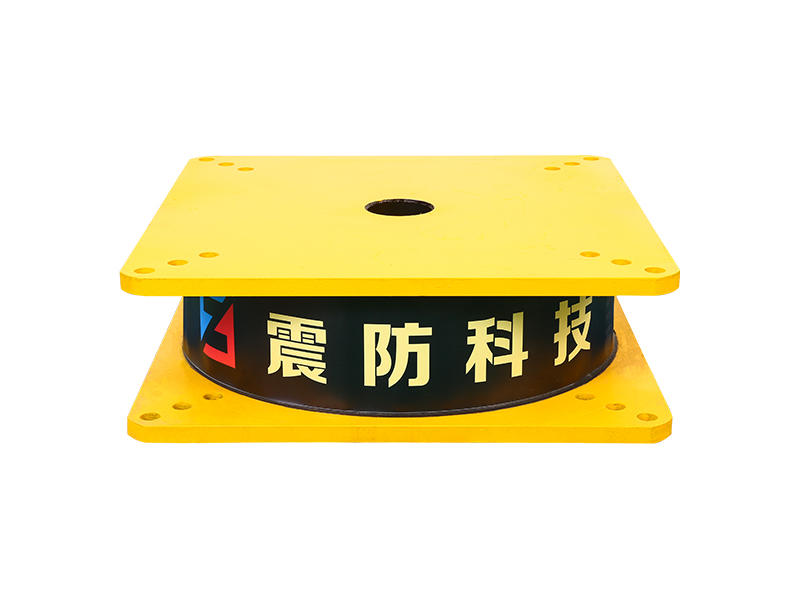Natural rubber isolation bearings are a type of structural bearing that provide support and vibration isolation for buildings and other structures. They are made from natural rubber, which has high elasticity and resilience, making it ideal for use in engineering applications.
Isolation bearings are designed to reduce the transmission of vibrations and shock from a structure to its foundation, which can cause damage to both the building and its occupants. Natural rubber isolation bearings achieve this by absorbing the energy of the vibration and dissipating it as heat, effectively isolating the structure from the vibration source.
One of the key benefits of using natural rubber isolation bearings is their durability. Natural rubber has excellent resistance to aging, weathering, and exposure to chemicals, which makes it ideal for use in harsh environments. Additionally, natural rubber has a high load-bearing capacity and can support heavy loads over long periods without losing its resilience.

Another advantage of
natural rubber isolation bearings is their ease of installation. They can be easily installed in existing structures, making them a cost-effective solution for retrofitting buildings to improve their resistance to vibration and shock.
Natural rubber isolation bearings have a wide range of applications in the construction industry. They can be used in the construction of buildings, bridges, and other structures that are subject to vibration and shock, such as hospitals, laboratories, and data centers.
In addition to their use in the construction industry, natural rubber isolation bearings are also used in the manufacturing of industrial equipment, such as generators, compressors, and pumps. These machines generate significant vibrations that can damage their own structure as well as adjacent equipment, making natural rubber isolation bearings a critical component for ensuring the longevity and reliability of industrial machinery.
In conclusion, natural rubber isolation bearings are a reliable and cost-effective solution for reducing the transmission of vibration and shock in buildings and industrial equipment. Their durability, load-bearing capacity, and ease of installation make them an attractive option for retrofitting existing structures and constructing new ones that require resistance to vibration and shock.












